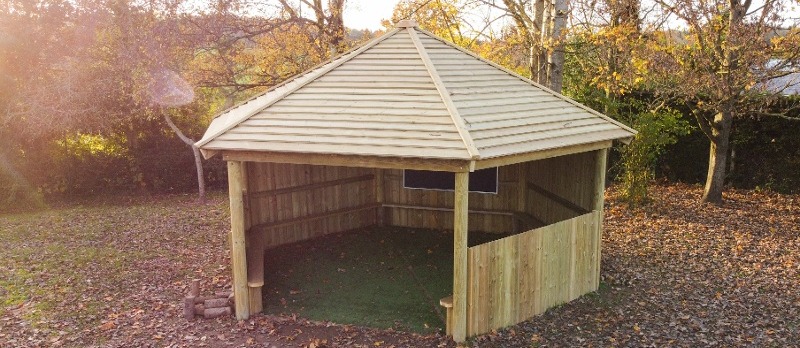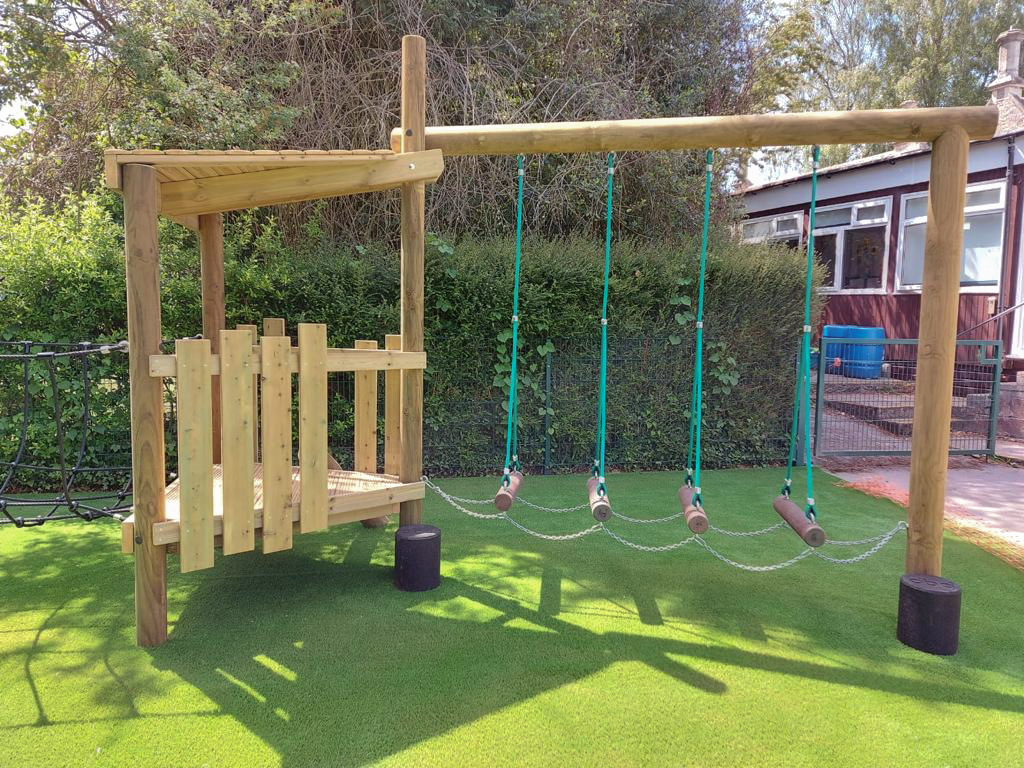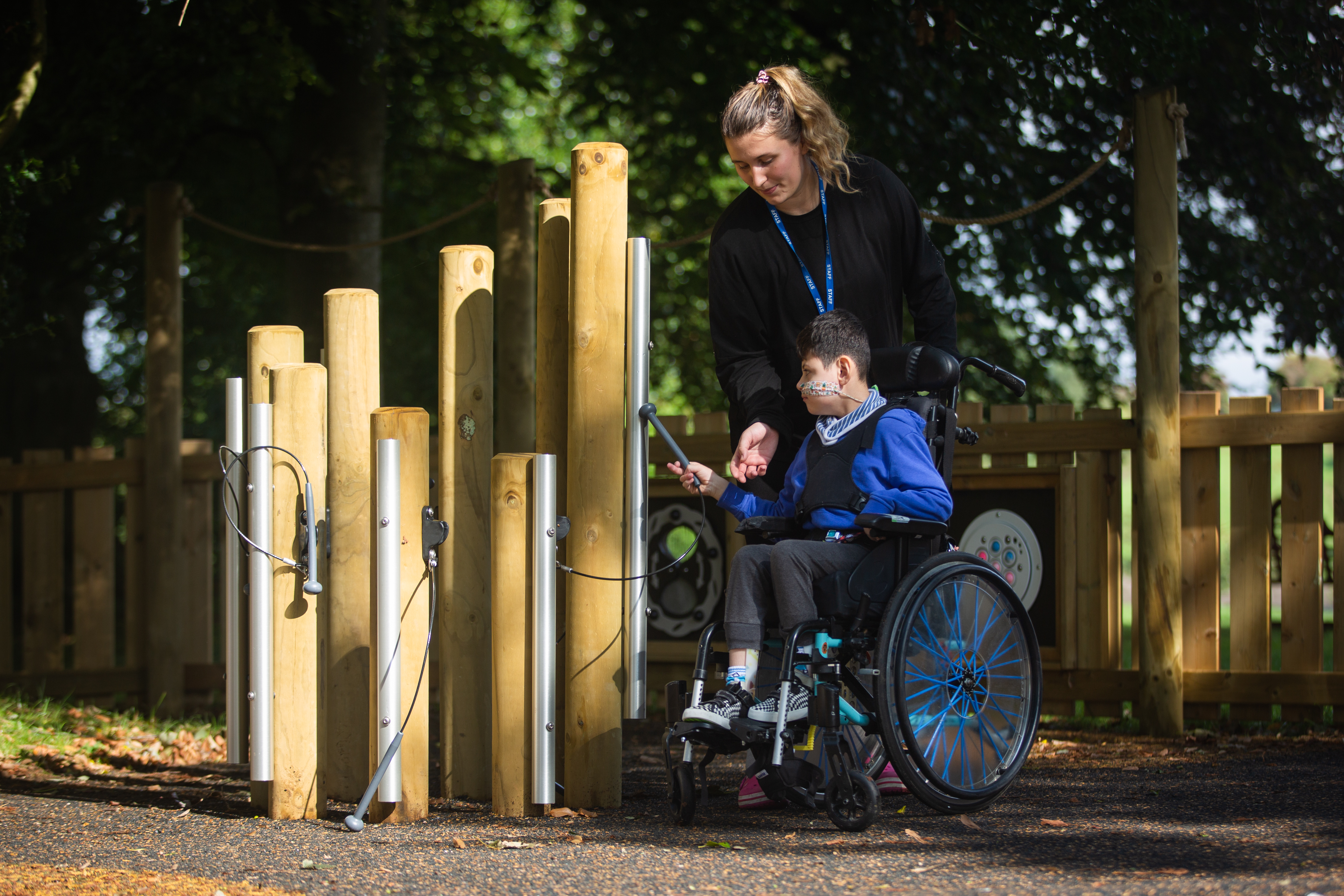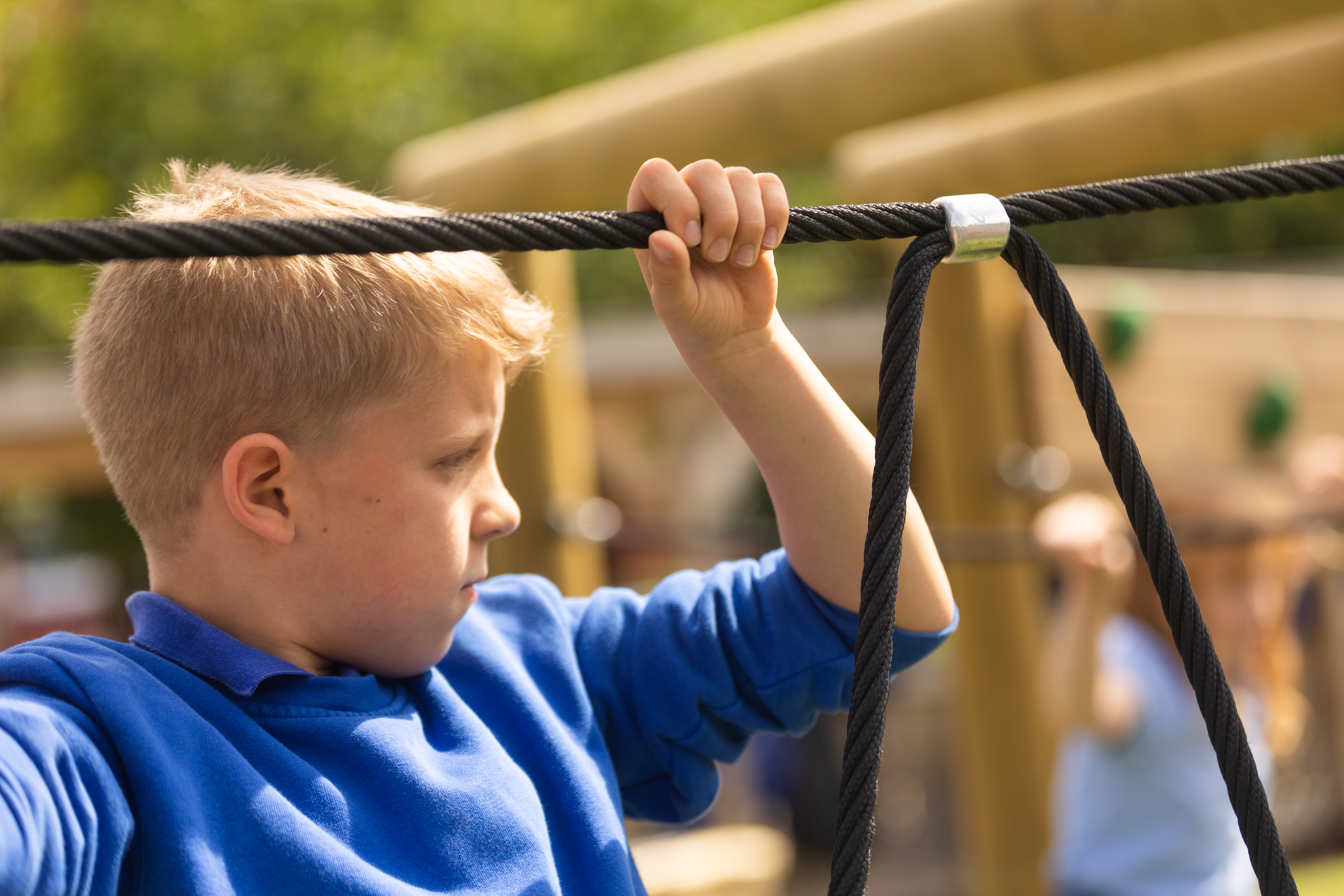"Forest School" seeks to develop confidence, self-esteem, imagination, problem solving and physical ability. But what is it and how can it be utilised by other schools?
What is Forest School?
Forest School is an approach to learning that is based outdoors and focuses on holistic development, giving children opportunities to achieve and develop a deeper understanding of the world around them.
Forest School is much more than just throwing on some wellington boots and going on woodland walks. While the woodland environment is the preferred habitat for Forest School, the key to the pedagogy lies in giving children freedom and choice in a safe outside environment where all learning styles are supported.
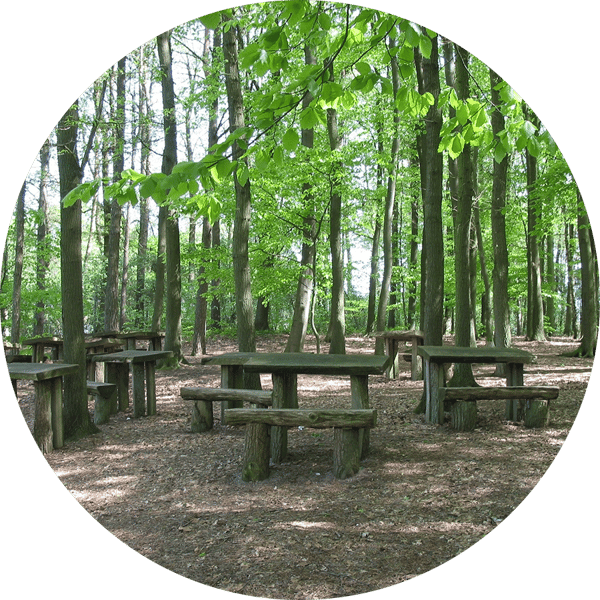
What are the Benefits?
Children learn through hands-on activities that are difficult to teach in a typical classroom setting. Forest schools focus on keeping children active through a variety of activities that help them develop motor skills.
As children go through their Forest School sessions, they become more physically active and their stamina increases. This experience can also make them more healthy in the future. In addition to school trips, children may want to go to woodlands or green spaces outside of school hours. As the children gain self-esteem and confidence, this can affect their emotional well-being and mental health.
Children also learn to be self-sufficient in their choice of how to solve problems, which is a valuable skill in every stage of life.
Forest school has been found to have a positive impact on the general health and wellbeing of children, physically, mentally, and emotionally. It also encourages a healthy lifestyle that lasts long after class is finished.
Stay Safe
By participating in Forest School, children are exposed to both a 'wild' and controlled environment that teaches them how to assess risk and make informed, safe decisions about unfamiliar situations. A child's learning will be shaped by their experiences of demonstrating their abilities in real-life situations.
Do You Need a Forest to do Forest School?
No! It’s the philosophy that makes the Forest School, not the actual woodland.
Whilst a forest is an ideal environment to learn about the wildlife and diversity of natural resources, you can run Forest School in a range of environments. This includes an outdoor school ground, provided you have the right tools and imagination.
Outdoor play and learning is vital, especially in urban areas where it may be harder for children to access nature. Forest School, even in the playground, provides a valuable window to the natural world and the beauty of our environment.
Does Your School Promote the Forest School ethos?
The Forest School ethos sees risks as something for children to overcome and this in turn will expand their abilities and self-belief and teach them to take care of themselves.
In addition, Forest School supports children to:
- Build self-esteem and confidence:
By providing opportunities for children to challenge themselves and take risks.
How can dbdplay help?
This may be through physical activities such as balancing on uneven surfaces or climbing. Also, reflective activities that encourage children to analyse their successes and failures through den building using frame structures and large logs.
- Co-operate and communicate with their peers:
By encouraging children to work together to achieve a final goal such as building a den or completing an obstacle course.
How can dbdplay help?
With play equipment such as tunnels, bridges and step posts that can help support children’s communication skills by talking through different ways of tackling an obstacle and promoting positive conversation and peer encouragement.
- Nurture empathy and a sense of connection to nature and understand the importance of taking care of the environment:
By encouraging outdoor play and connecting children to nature we can foster an interest in the importance of climate change.
How can dbdplay help?
By providing wildflower planters and bug hotels, children will have the opportunity to observe, question and show an interest in nature and the living things around them.
- Be inspired by the world around them:
If there is a rich sensory environment which can be explored.
How can dbdplay help?
By introducing a variety of materials and surfaces, sand and gravel pits or, if there is a need to reduce stimuli, quiet reflective spaces can be created.
- Build a positive attitude to learning and motivation:
By building motivation and a positive attitude to learn this can have a positive impact on attitude to learning inside the
How can dbdplay help? By creating stimulating and welcoming outdoor playground environment, encouraging children and staff to engage, learn and share positive experiences together, valuing each other’s individuality and celebrating achievements.
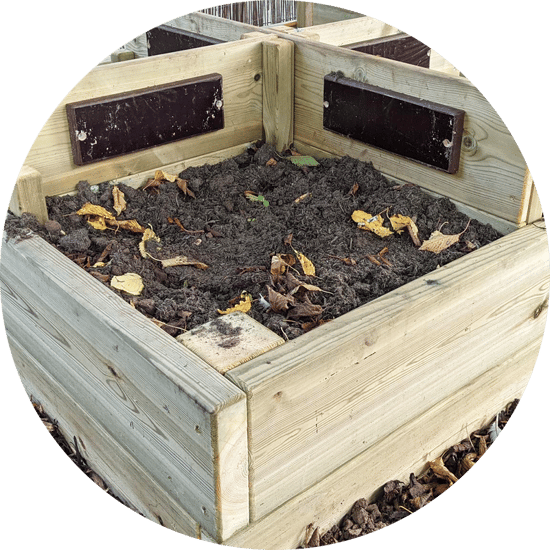
Create an Ideal Forest School Outdoor Space
In general, children learn best by doing, so this type of education is a natural fit for their development. It also engages children into play while leading them to make new discoveries in a way that is exciting, but controlled.
If you’re interested in having a structure installed for your own Forest School, don’t hesitate to get in touch. We’re experts at designing and creating unique and fit-for-purpose play and outdoor learning areas, working with you in mind.
 Lynzi Tiner
Lynzi Tiner
Early Years Advisor and Forest Schools Leader
Originally published May 28, 2021 2:50:20 PM , updated January 30, 2024



